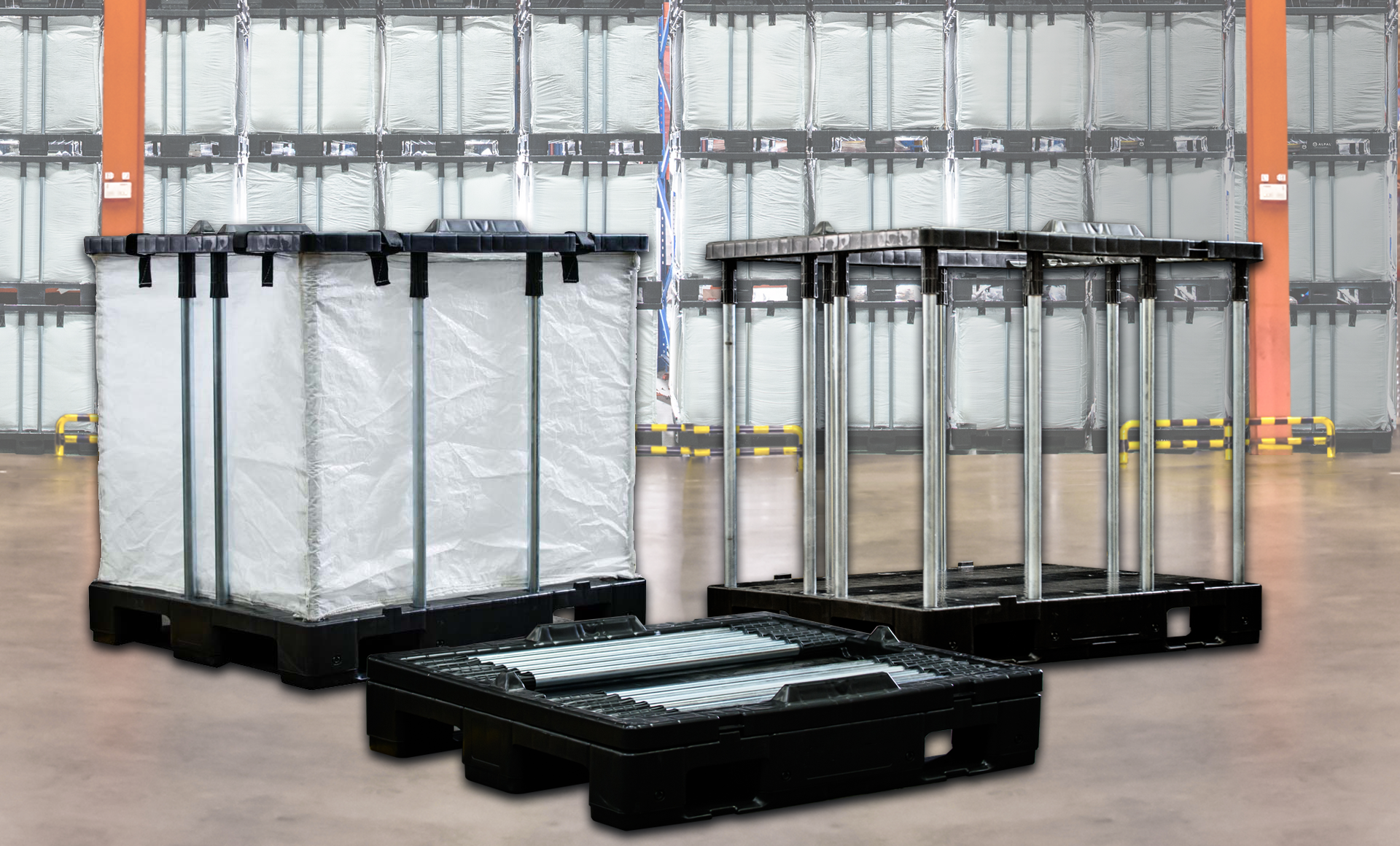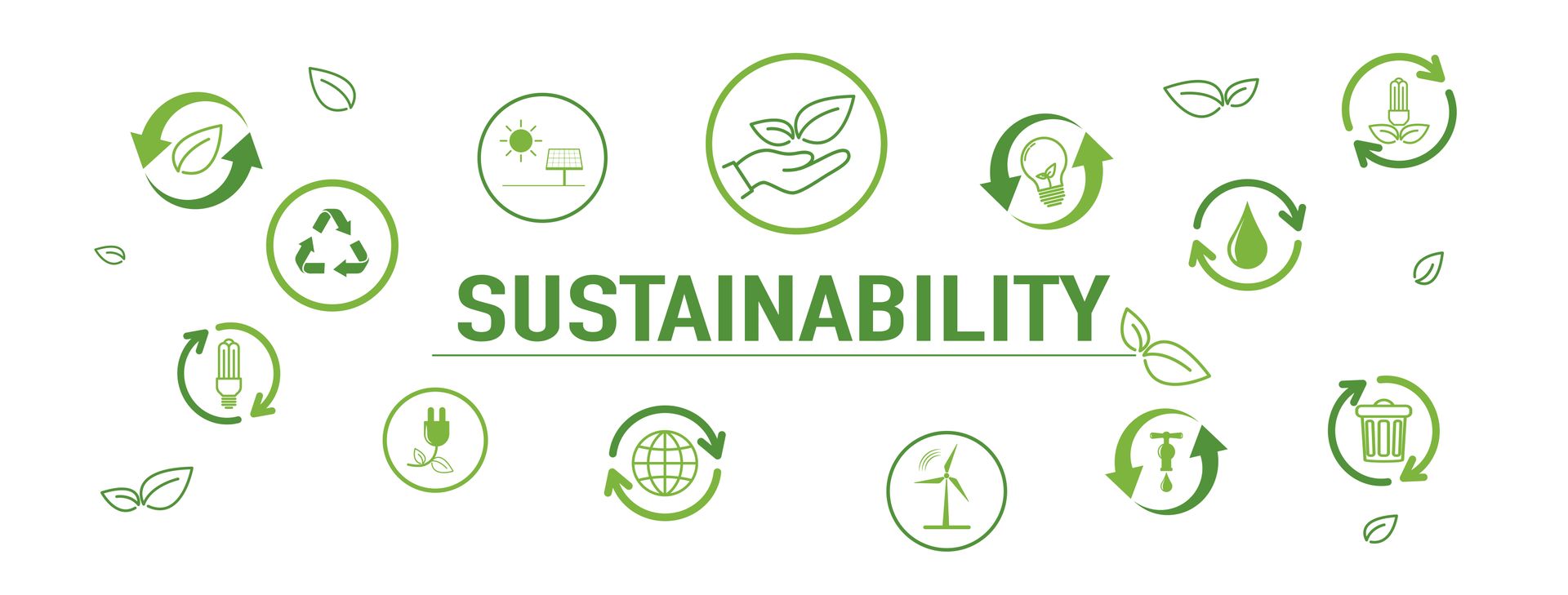Bulk Bins and Spent Grains | BCE
What is spent grain and how can returnables help?
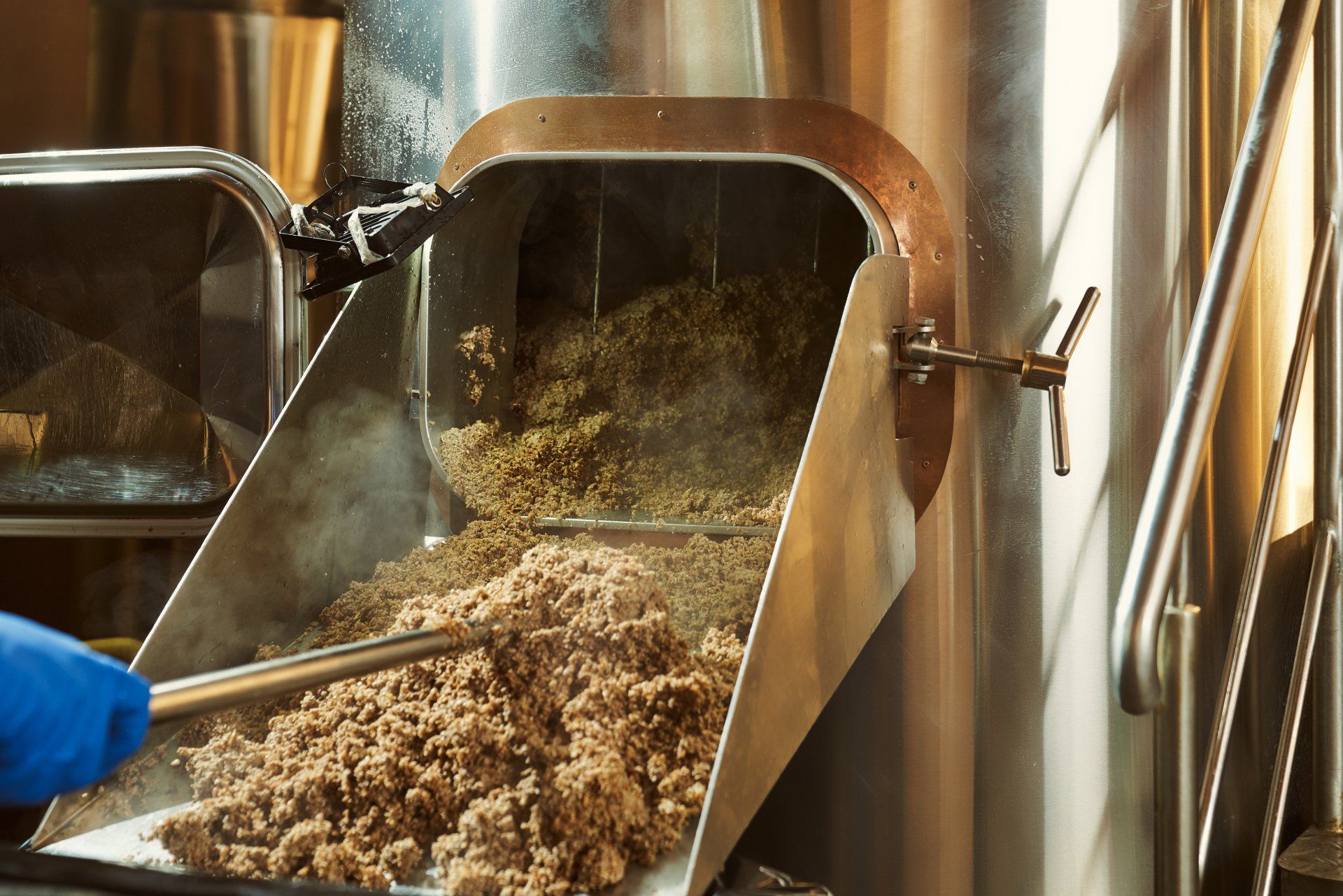
What is spent grain? It's a term used in the brewing industry that describes the malted barley and other grains after a brewery has already used it to make beer. Malt is typically made from soaked, sprouted, and dried barley. Once the grain is deemed "spent," it can no longer be used to produce more beer.
Spent grain comes from beer?
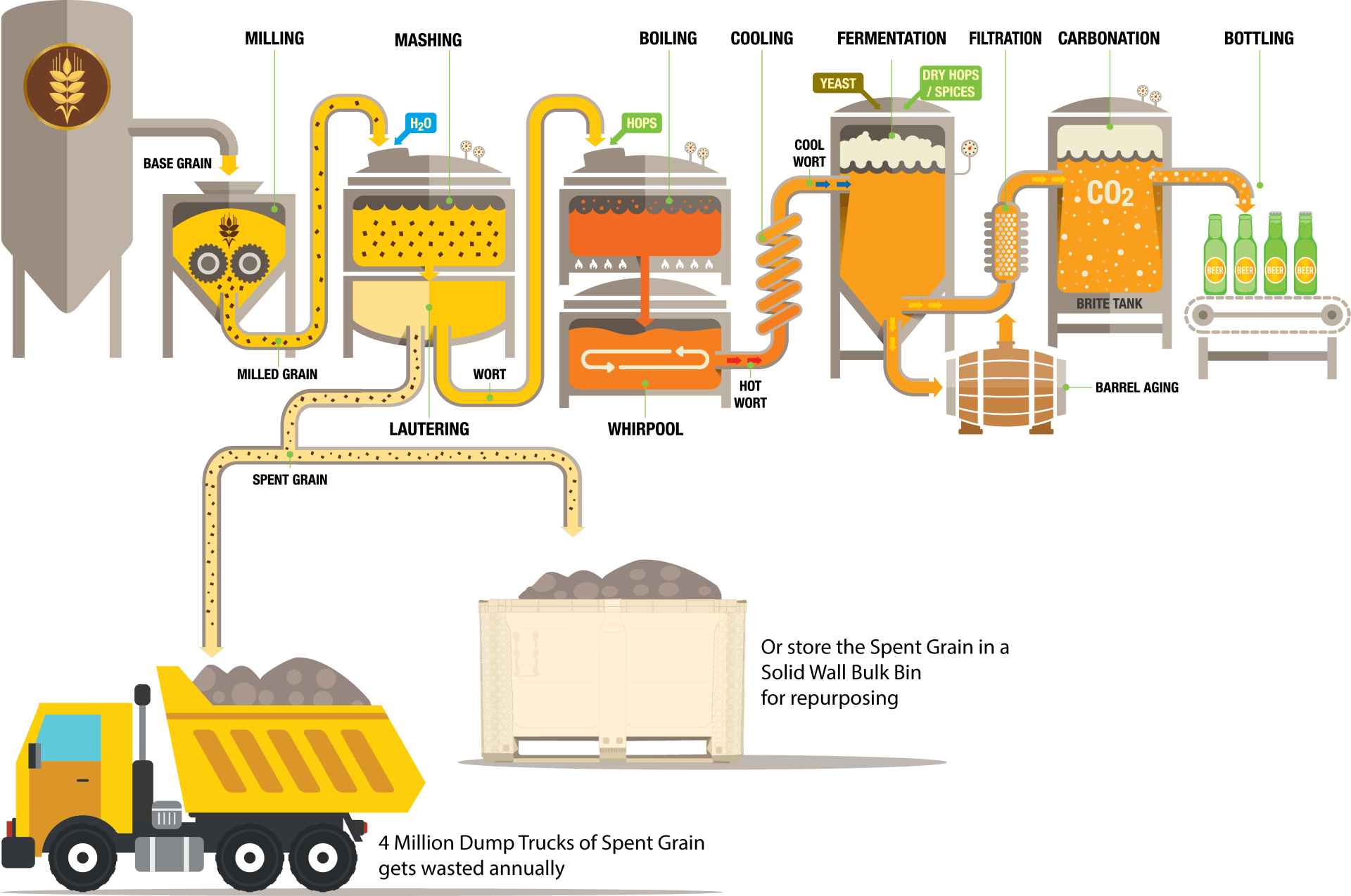
Did you know that every six-pack of beer uses approximately 1 pound of malted barley and other grains? And that pound of dry malted barley and grain, it produces 1 1/4 pounds of wet spent grains. Every year in the U.S. alone, 20 billion pounds of brewers' spent grain are created.
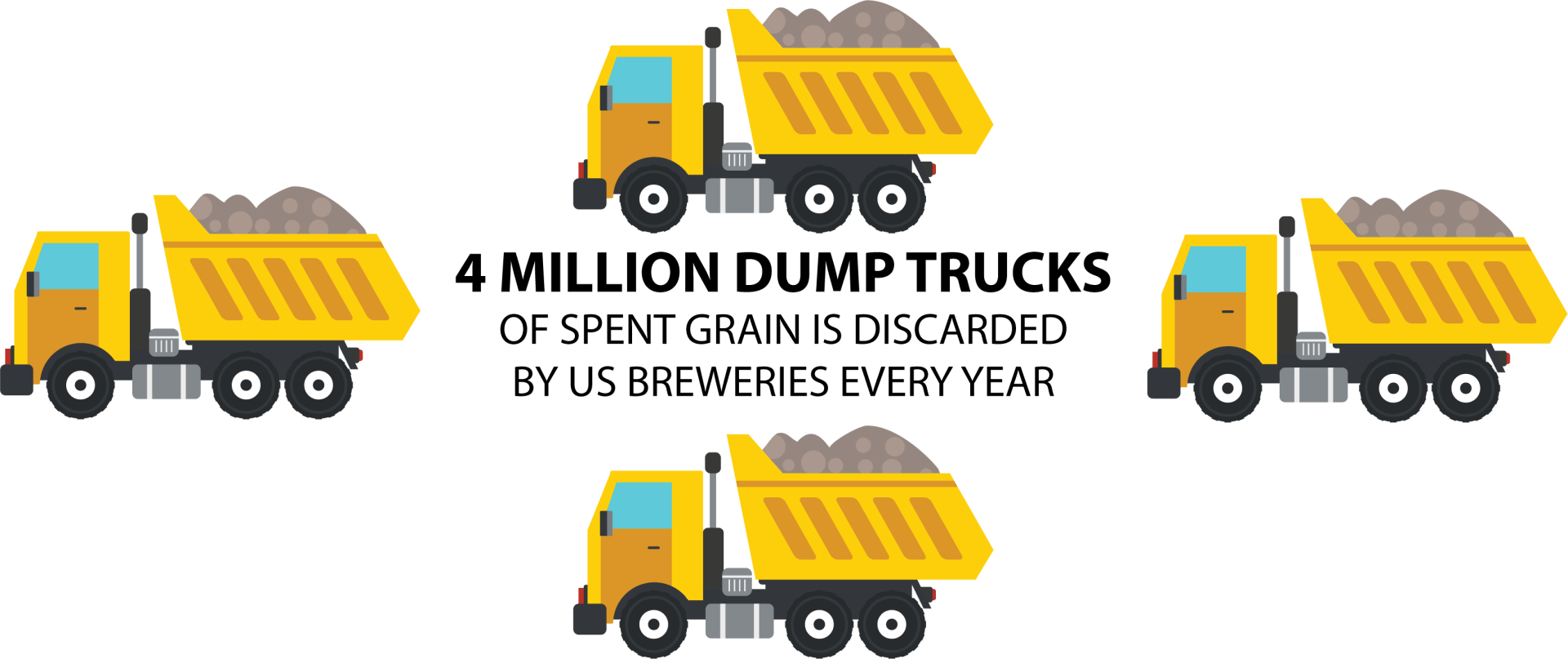
Unfortunately, breweries discard most of this spent grain because they have no way to store or efficiently transport it. It's estimated that four million dump trucks worth of spent grain are wasted by breweries in the U.S. annually.
How to store and transport spent grain?
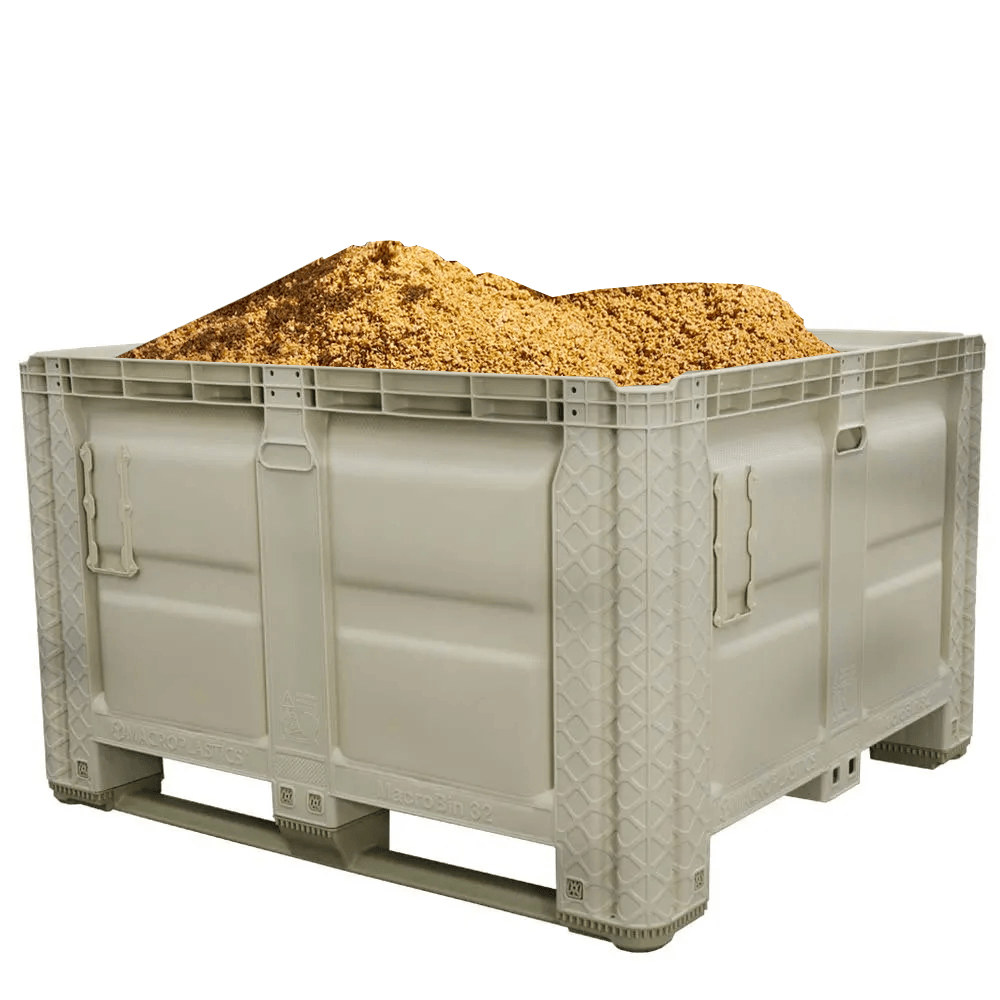
Luckily, we have the ideal solution to help combat this waste. Once the grain is spent, it can be stored in one of our DuraGreen FDA-approved bulk bin instead of being discarded. Spent grains typically contain a large number of proteins, sugars, and minerals that can cause microbial growth if the gain is not refrigerated, frozen, or quickly dried. Additionally, if the spent grain stays at room temperature too long, it can turn sour. Our bins can be moved directly into large, refrigerated storing areas, ensuring the grains so not spoil.
We offer several sizes of solid wall bulk bins that are ideal for storing and transporting spent grains. These solid wall bulk bins are FDA Approved and made from a non-porous material that is easy to clean and won’t breed bacteria.
What to do with spent grain?
Repurposing spent grains has started gaining in popularity in recent years. Below is a list of its most popular uses for spent grains.
Dog treats

Spent grains can be used as filler for homemade dog treats. HOPS ARE TOXIC TO DOGS, it's important to not use spent grains that have come into contact with hops. Don't make treats from spent grains that are used to make wheat ale. Barley and oats are also popular treats for dogs.
Livestock feed

Spent grains are a good source of supplemental feed for animals such as horses, pigs, sheep, cows, and chickens. If the grain is moldy or appears to have turned, do not feed it to your livestock. Instead put it into compost. It's important to note that spent grains are not a replacement for traditional feed and should not be the majority of an animal's feed.
Compost
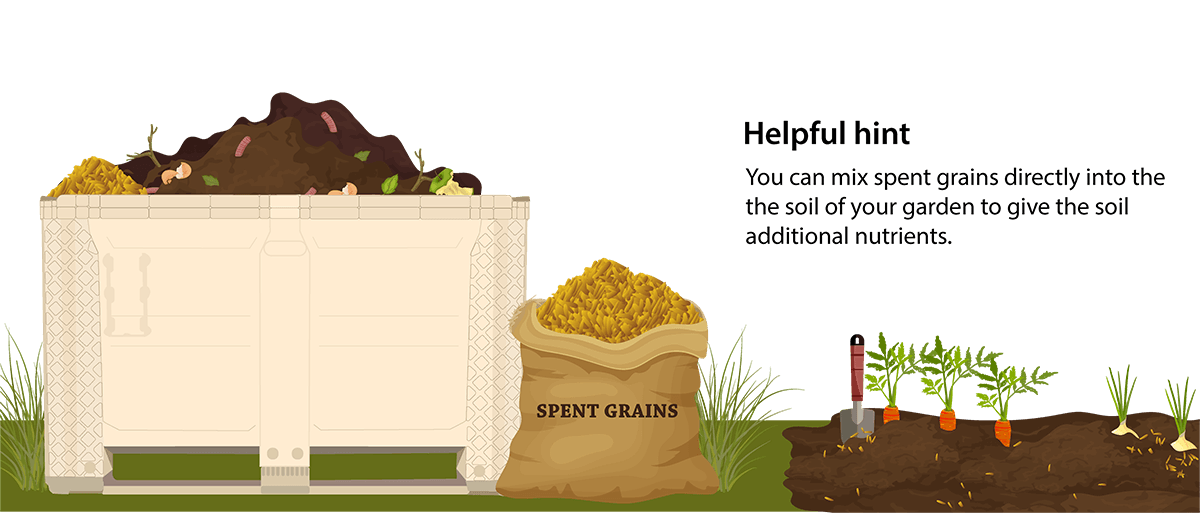
The easiest way to reuse spent grain is to work it into your composting. Spent brewery grain is classified as nitrogenous waste, meaning it is high in green matter such as grass clippings and leaf matter or straw. Remember to use a 2:1 ratio of green to brown matter.
A simple way to use spent grains as compost is to put them directly into the ground. You can do this by mixing the spent grains into the soil of your vegetable gardens and flower beds.
Baking

Did you know that you can use recently spent grains in cooking and baking? The grain can be used wet after most of the liquid has been pressed out of it. Wet spent grain can be used in small amounts to add texture and flavor to bread and various baked goods.
Spent grains can also be dried and ground into flour. Drying spent grain can be done over the course of several hours by using a conventional oven. Spread the spent grain on a cookie sheet with a half-inch thickness. Set your oven's temperature to its lowest setting (around 170°F) and place the cookie sheet of spent grain in the oven. Keep the oven slightly ajar so that the moisture of the spent grain can escape. Check the progress of the grain every so often to stir it and check its moisture content. This can ensure that you're not burning the grain. The objective is to dry out the spent grain without actually cooking it or burning it.
Once the spent grain is dried, it can be milled into flour. This can be done in a grain mill, a standard food processor, or even a coffee grinder. The setting of your machine and grinding duration will determine the fineness of your flour. Finally, once you're happy with the consistency of the flour, you're ready to bake.

